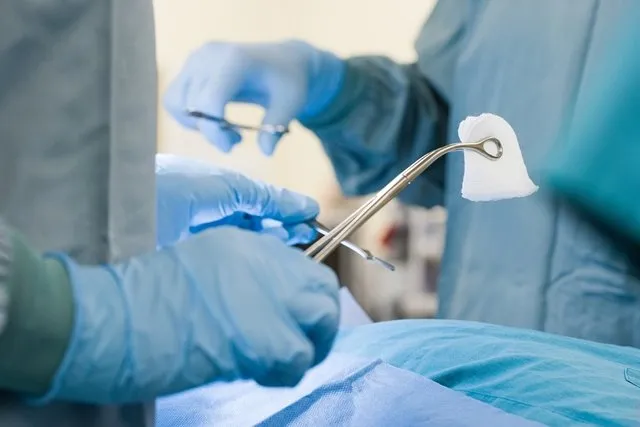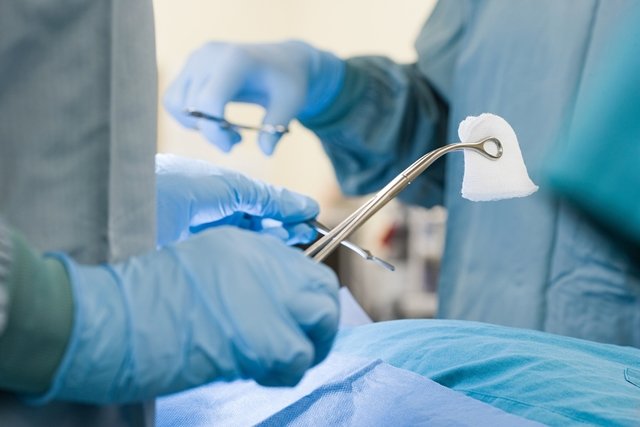Glutoplasty is the procedure for raising the butt, as the goal of remodeling the region, restoring the contour, shape and size of the glutes, with aesthetic purposes or to correct deformities, by sequelae of accidents, or diseases, for example.
Usually, the surgery is done with the implantation of silicone prostheses, but another option is the fat graft taken from the liposuction of another site of the body, and usually generates good aesthetic results, with few scars.
This surgery costs, on average, from R$ 10,000.00 to R$ 15.000, depending on the location and surgeon who will take the procedure.

How is the surgery done
The gluteoplasty is done by the plastic surgeon, in a surgical center, and can be in 2 ways:
- Silicone prostheses: the surgeon will perform two small incisions on the top of the buttocks and place the silicone implants, which are usually oval or round shape. The size of the prosthesis is chosen by the patient, along with the plastic surgeon, according to the aesthetic objectives and technique of surgery, but usually contains about 350 ml. The most modern prostheses are safer, with silicone gel filling, capable of withstanding pressures, including falls. Learn more about silicone on the butt: who can pose, risks and care.
- Belly fat: remodeling with fat graft, also called fat grafting, is done with the introduction of fat cells in the buttocks, which were extracted by liposuction from another region of the body, such as belly and legs. For this reason, it is possible to combine in the same surgery, gluteoplasty with liposuction, which is liposculpture.
The average time of the procedure varies around 3 to 5 hours, with anesthesia that can be peri-dural or general, requiring only one day of hospitalization. Before surgery, the doctor will do a preoperative evaluation, with physical examination and blood tests, to detect changes that can cause risk to surgery, such as high blood pressure, anemia or risk of bleeding.
How is the recovery
Some of the care that the person should have after surgery are:
- Take the painkillers and anti-inflammatories, prescribed by the doctor, such as diclofenac and ketoprofen, to relieve pain;
- lie on your stomach, or, if you prefer to lie on your belly up, support three pillows on the back of the thighs, so that the buttocks are not completely supported on the mattress, with the head of the bed high 30 degrees;
- Avoid sitting for 2 weeks;
- Avoid straining in the first few days by starting exercises with long walks after 30 days, and other more intense physical activities after 6 weeks.
The results begin to be seen after the second week of the operation, as the local swelling decreases, but, however, the definitive results are only considered after 18 months of the procedure and, in some cases, rectock surgeries may be necessary.
The plastic surgeon will follow up after surgery, and the replacement of the prostheses are only necessary in case of ruptures, changes of shape, infection or rejection by the body.

Sign up for our newsletter and stay up to date with exclusive news
that can transform your routine!
Warning: Undefined array key "title" in /home/storelat/public_html/wp-content/plugins/link-whisper-premium/templates/frontend/related-posts.php on line 12
Warning: Undefined array key "title_tag" in /home/storelat/public_html/wp-content/plugins/link-whisper-premium/templates/frontend/related-posts.php on line 13




